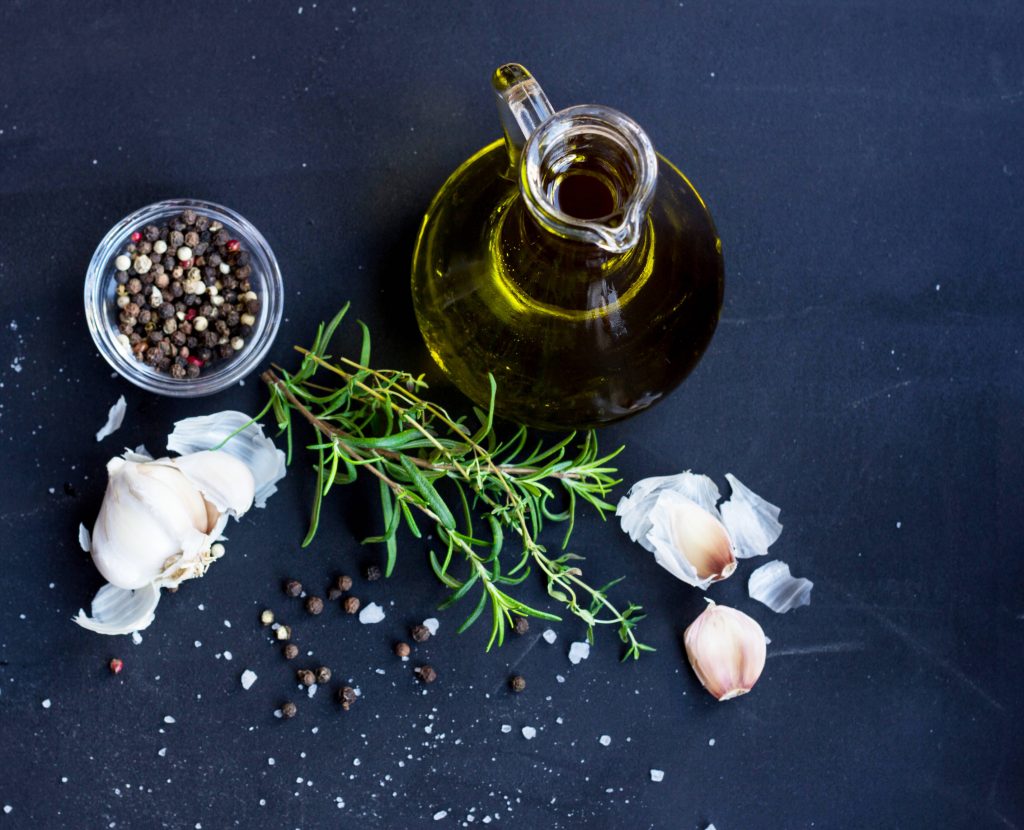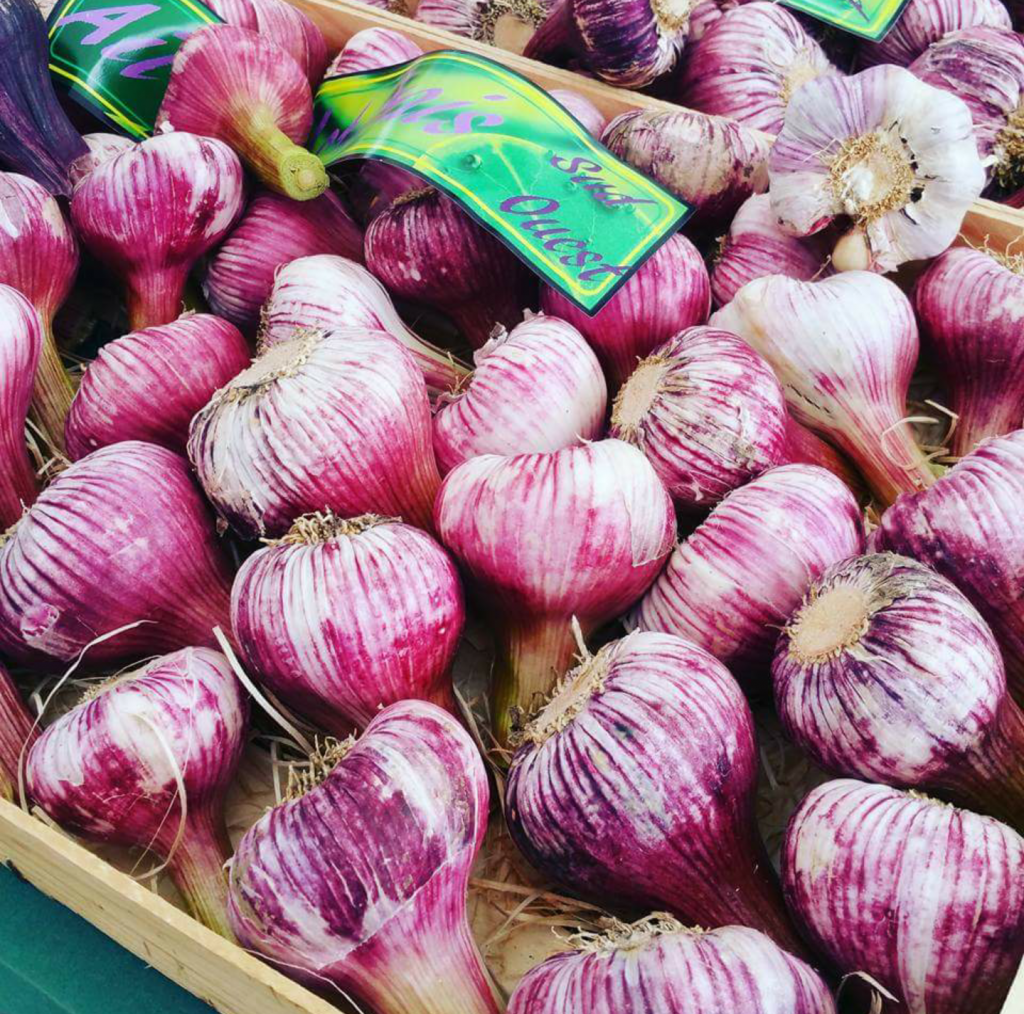With the weather suddenly getting colder and a forecast that potentially four months of snow is heading towards the UK this winter, we are all at risk of catching a cold or flu. With its many uncomfortable symptoms, the inconvenience of having to take time off work, the disruption to our daily lives and the detrimental health risk it brings to the elderly, it is wise to address the issue now.
Garlic is one of the oldest grown plants in the world, known globally for its health benefits. Its use dates back longer than written history: records about garlic can be found as far back as 5,000 years in Central Asia and 3,000 years in China.
Written transcripts from 1,550 BCE in Egypt have recorded garlic’s medicinal properties for a wide range of health conditions; with so much importance placed on it, some garlic was even added inside Tutankhamen’s tomb. Its healing qualities are also recognised in Greek history, while garlic was also used in World War II by the Soviet Army when they had run out of antibiotics, prompting this pungent bulb to be referred to as ‘Russian Penicillin’.
In our era, garlic is of great interest to clinical researchers, as it possesses a wide range of therapeutic benefits, whilst having very low toxicity. Garlic owes its therapeutic qualities to the numerous sulphur compounds it contains, such as allicin, diallyl disulphide, diallyl trisulphide. Furthermore, it is a rich source of selenium, glucosinolates and enzymes. By crushing or chopping garlic the enzymes are activated, converting alliin to allicin, releasing its numerous health benefits.
One of the most clinically documented properties of garlic is its ability to boost the immune system and fight infections. Raw garlic in particular is instrumental in this endeavour. This superfood has the capacity to increase the manufacture of the body’s white blood cells, which help fight infections and stimulates antibacterial and antiviral action, making it especially effective against colds, flu, pathogenic microbes, stomach and other viruses, as well as a large range of bacteria, parasites and fungal infections. Not surprisingly, many refer to garlic as the ‘natural antibiotic’.
Its antibacterial properties are due to allicin, an organic sulphur compound found in garlic, which is also responsible for its strong odour. Consuming cooked garlic can reduce its pungent smell, however if its medicinal benefits you are after, garlic is best eaten raw. One way of overcoming its strong flavour us by consuming parsley with the garlic, which can absorb some of the odour, or by placing a clove in the mouth afterwards to freshen breath.
Garlic is an excellent source of vitamin B6, and this antioxidant also provides vitamin C, selenium and manganese. It is a good source of trace minerals such as calcium, potassium, phosphorus, copper and iron. Its positive effects on health include reducing total cholesterol, while increasing good cholesterol and improving thrombosis, circulatory problems, digestive health, heart disease, high blood pressure, high blood sugar, and the lymphatic system. It is also believed to play a preventative role for some cancers.
Subsequently increasing your intake of garlic is advisable, in particular during the run up to and throughout winter, to prevent and heal from colds or flu.
Tips to increase your consumption of garlic:
* Crush finely and add raw to salad dressings
* Crush and add generous amounts to yogurt as a dip, such as cacık
* Sprinkle extra raw garlic shavings to humus and other dips
* Add raw to olive paste and tahini
* Crush raw garlic, mix with extra virgin olive oil, and use as an Italian-style bread dip
* Add crushed garlic to a spoonful of plain yogurt and consume a spoonful daily
* Add to soups, stews and all your cooked meals
* Roast whole in the oven and eat accompanying your meals
* Marinate garlic in olive oil and then use the oil to drizzle on steamed vegetables
* Add to green or black olives with olive oil and herbs

While garlic is considered safe, it is known to be an allergen for some people. Allergic reactions can also be triggered for individuals on certain medications. Persons receiving anticoagulant therapy should not consume garlic.
Raw garlic should not be applied to skin, as it can cause burns and if you are not used to eating raw garlic, you should start with small servings, increasing quantities gradually as excessive intake, in particular on an empty stomach, can cause heartburn.
To benefit from its wonderful health-promoting qualities, always buy fresh garlic and not garlic puree, flakes, powder or garlic salt, where its health properties will have been altered and reduced.
Given this rich array of beneficial effects on health, it is advantageous to invest in a good quality garlic crusher and start experimenting now, before the winter season arrives in earnest.
DISCLAIMER
The information provided here is for general informational purposes only. None of the information provided here, directly or indirectly, constitutes the practice of medicine, the dispensing of medical services, a professional diagnosis or a treatment plan.
The information here should not be considered complete nor should it be relied on to suggest a course of therapy for a particular individual. You should not rely on information provided here, as a substitute for personal medical attention, diagnosis or hands-on therapies. You should never disregard medical advice or delay in seeking it, because of something you have read here.
If you have any health care related concerns, please call or see your GP, physician or other qualified health care provider. Never discontinue treatment or medication without first consulting your GP, physician, cliniciansor therapist.
About Özlem Aytaç, Nutritional Practitioner, S.A.C, Dip (s). M.F.N.T.P

Özlem is a UK qualified Nutrition and Weight Management Practitioner. She creates bespoke and personalised nutritional programmes and provides stage-by-stage support, mentoring, motivating and empowering clients to fulfil their health goals. She also serves as a nutritional consultant in areas such as menu planning and menu analysis, as well as offering corporate consultancy and talks.
Main photo © Özlem Aytaç, taken at Mill Hill French Market, London.
Article © international copyrights apply; all rights reserved, cannot be lent, shared, reproduced, distributed or transmitted without T-VINE and the author’s prior express permission.




